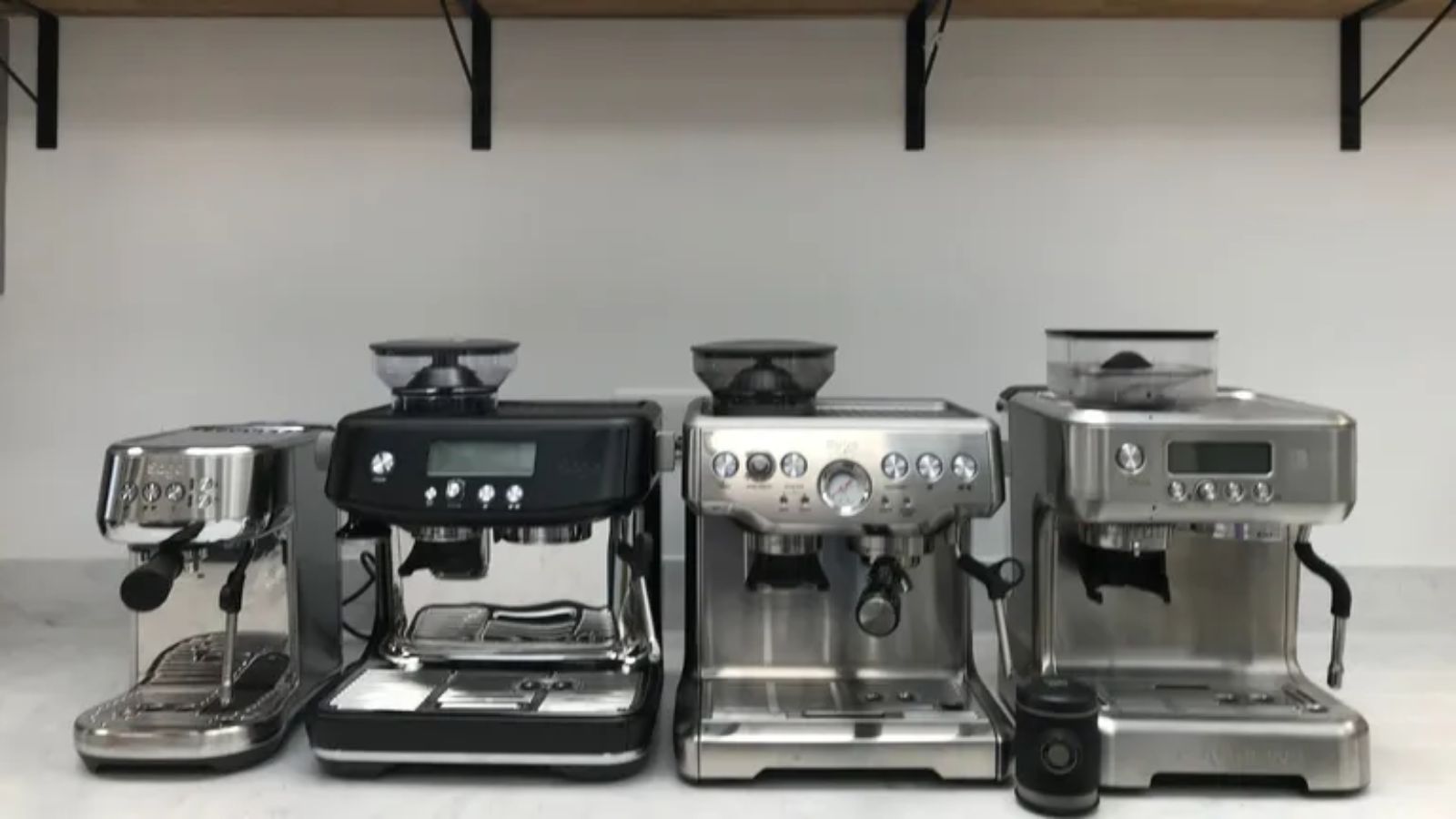
Whether you’re new to the world of cappuccinos and macchiatos or a proper coffee aficionado, it’s important to do your research before you invest in a coffee machine. Some people search for specifics and others will do a quick Google of the best coffee machines. Whichever you do, you’ll probably end up reading reviews like mine and you might begin to wonder how we test coffee machines.
Well, I’m here to spill the beans on all the things that go on behind the scenes of coffee maker testing at woman&home. The reason I'm the one that you're chatting to about all things coffee is that I trained as a barista nine years ago, I’ve worked on commercial models, as well as small brands and start-ups, so, naturally, I’m pretty coffee obsessed.
Our testing process isn’t something that I landed upon by chance. It’s a combination of the 3,285 (and counting) days that I’ve spent using some of the best coffee machines to serve the public, my flatmates, and my family delicious coffee. Sometimes I can get a bit geeky, but I always like to explain myself, as well as why the geekiness can be helpful. So, without further ado, grab a cup of coffee and settle in.
All the research behind the reviews
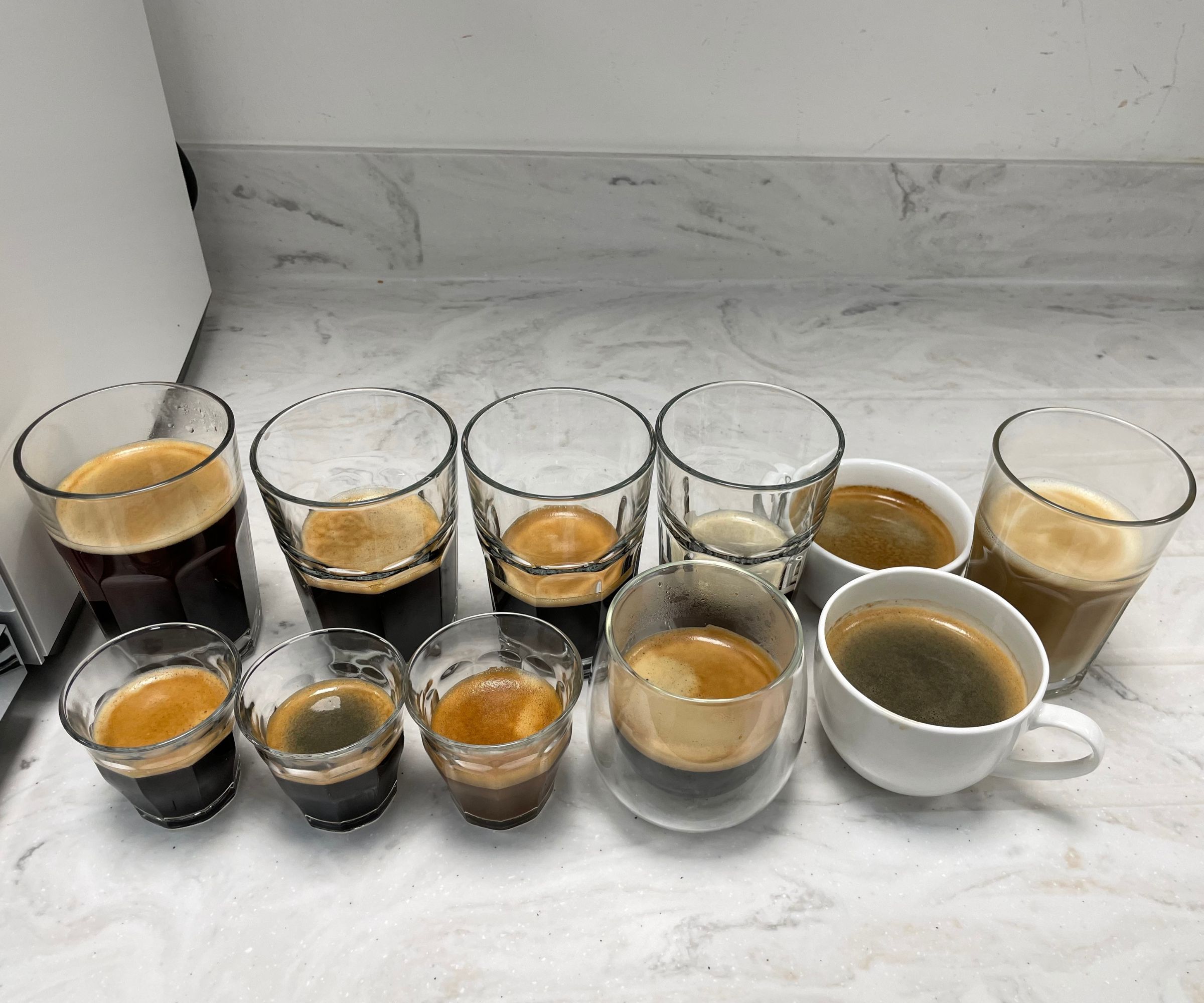
Behind the scenes of all woman&home’s coffee machine reviews is our team, furiously researching the latest and greatest products on the market. As you might expect from a former barista, I have a special soft spot for coffee machines. Every day, I look at all the things that are trending relating to coffee, I speak with big and small brands about what they’re doing in the coffee world, and I chat with everyone else who could be helpful (this includes award-winning baristas as well as people who are new to the wonderful world of coffee).
If a new product comes onto the market and it looks like it would be a good fit for you, I’ll do an exhaustive background check on it and then I’ll call the machine in for testing. This is when the fun stuff starts.
Why I talk about unboxing
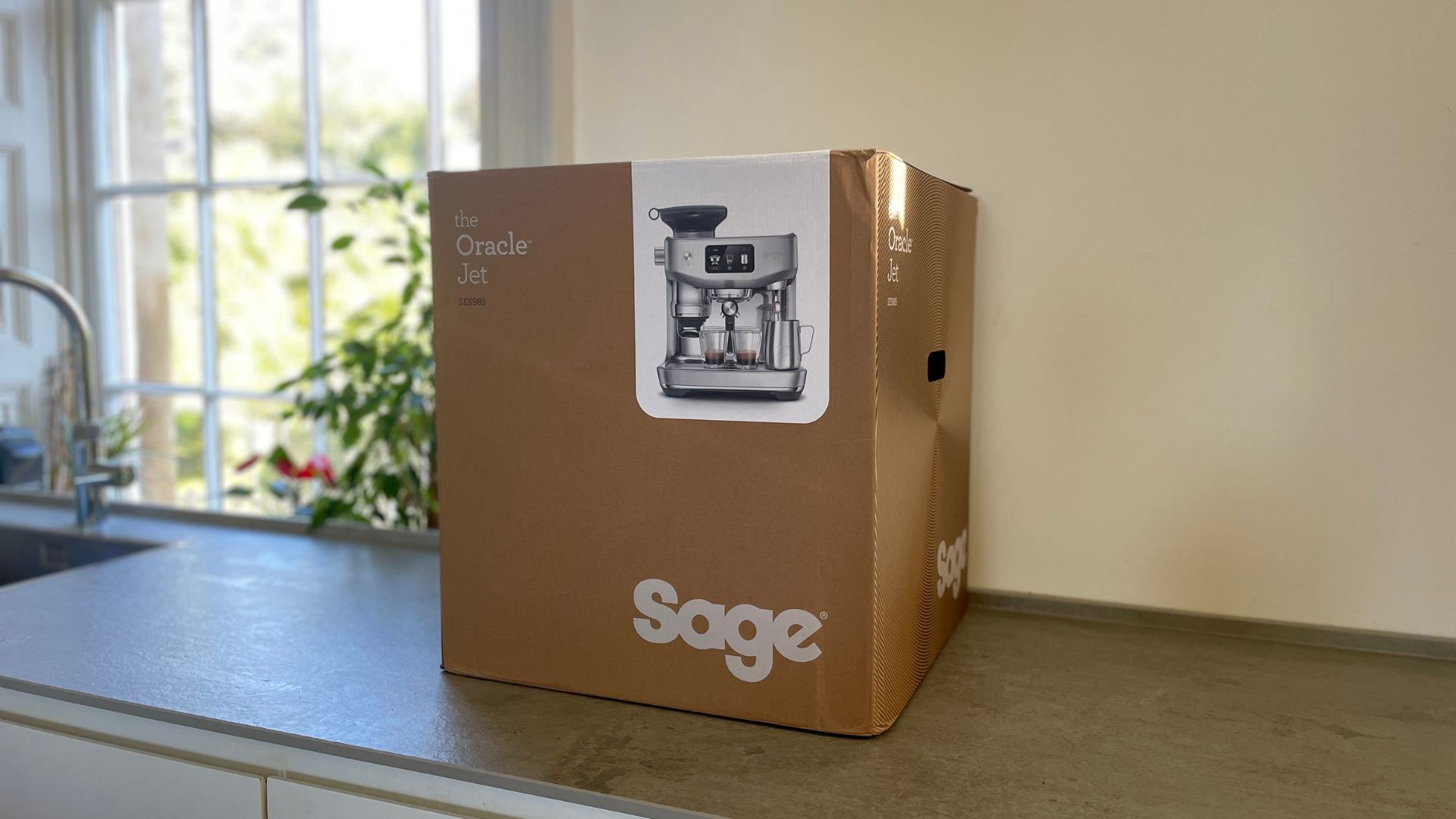
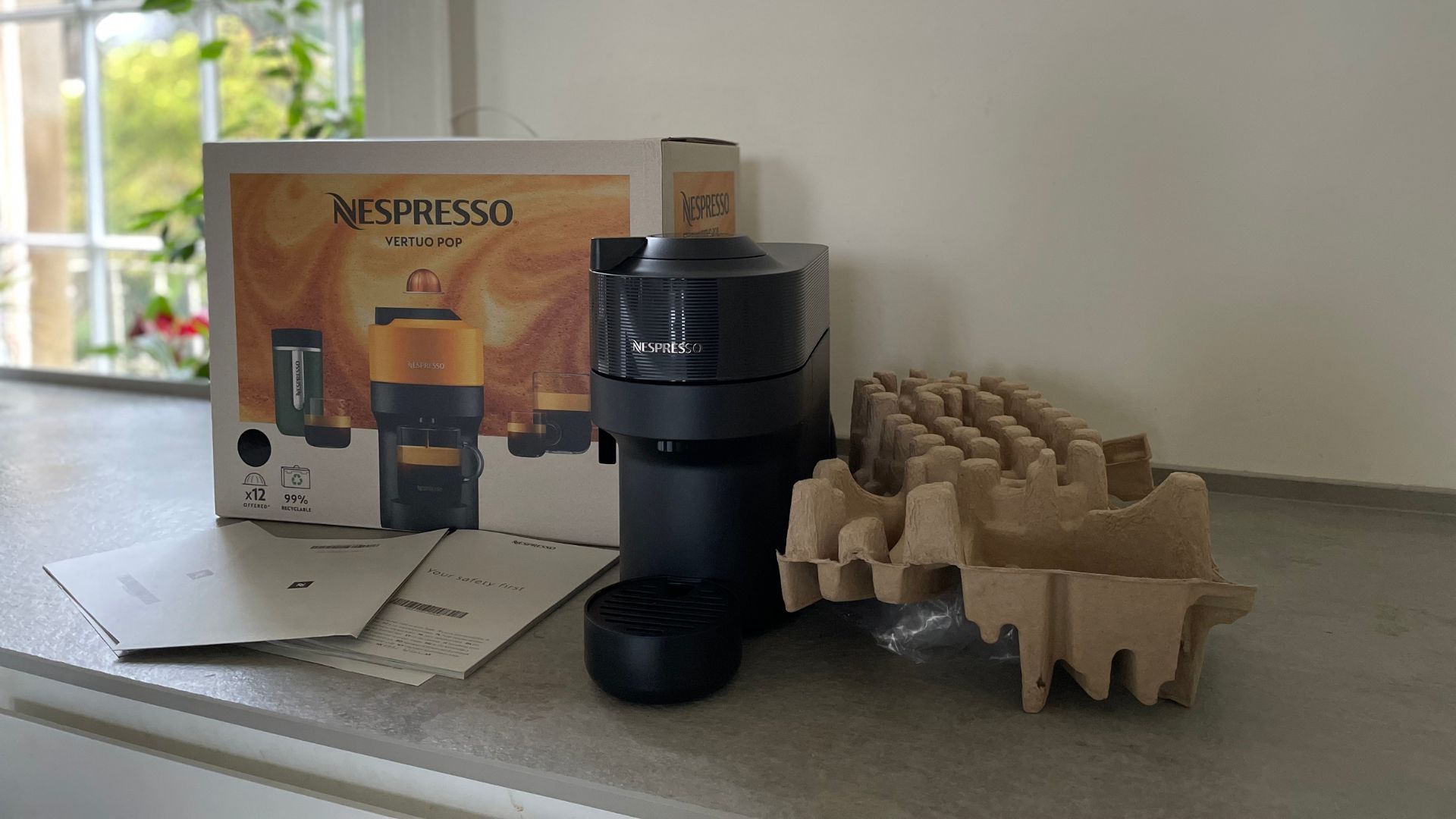
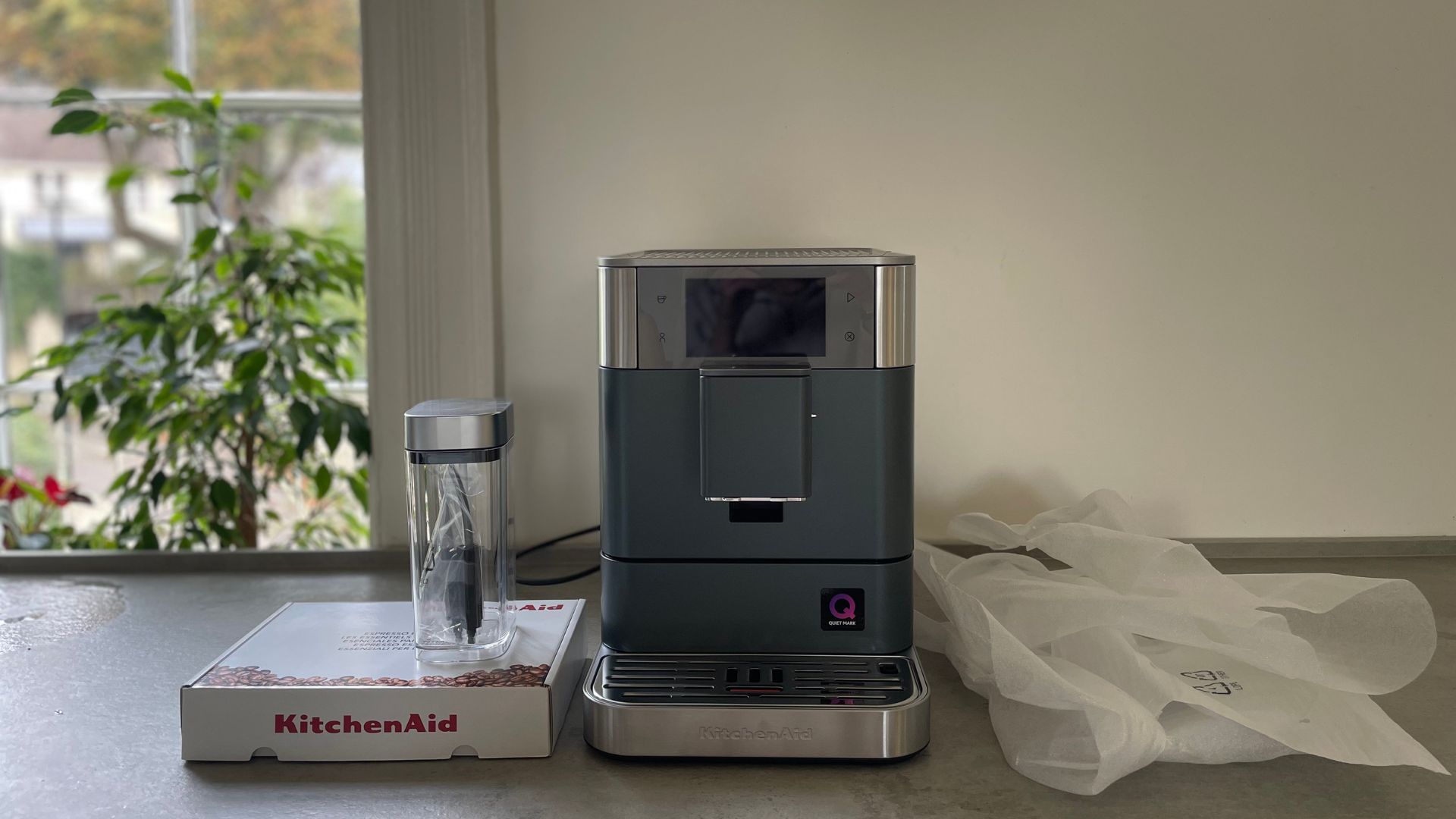
As soon as a coffee machine arrives in my home, I start making notes. What box the machine arrives in and the packaging around it might sound like an innocuous aspect of the whole coffee experience, but it’s actually really telling. There’s a direct correlation between the brands who take care to send their coffee machines in sustainable, stylish boxes with the brands that make the best coffee machines.
In this section, I’ll also let you know about coffee accessories, what the machine looks like, and any set-up or extras that you should know about. I like to think of this as me mentally preparing you for your coffee machine. After all, if you need to buy a milk jug or some coffee pods separately, it’s good to know beforehand.
Our proper coffee tests
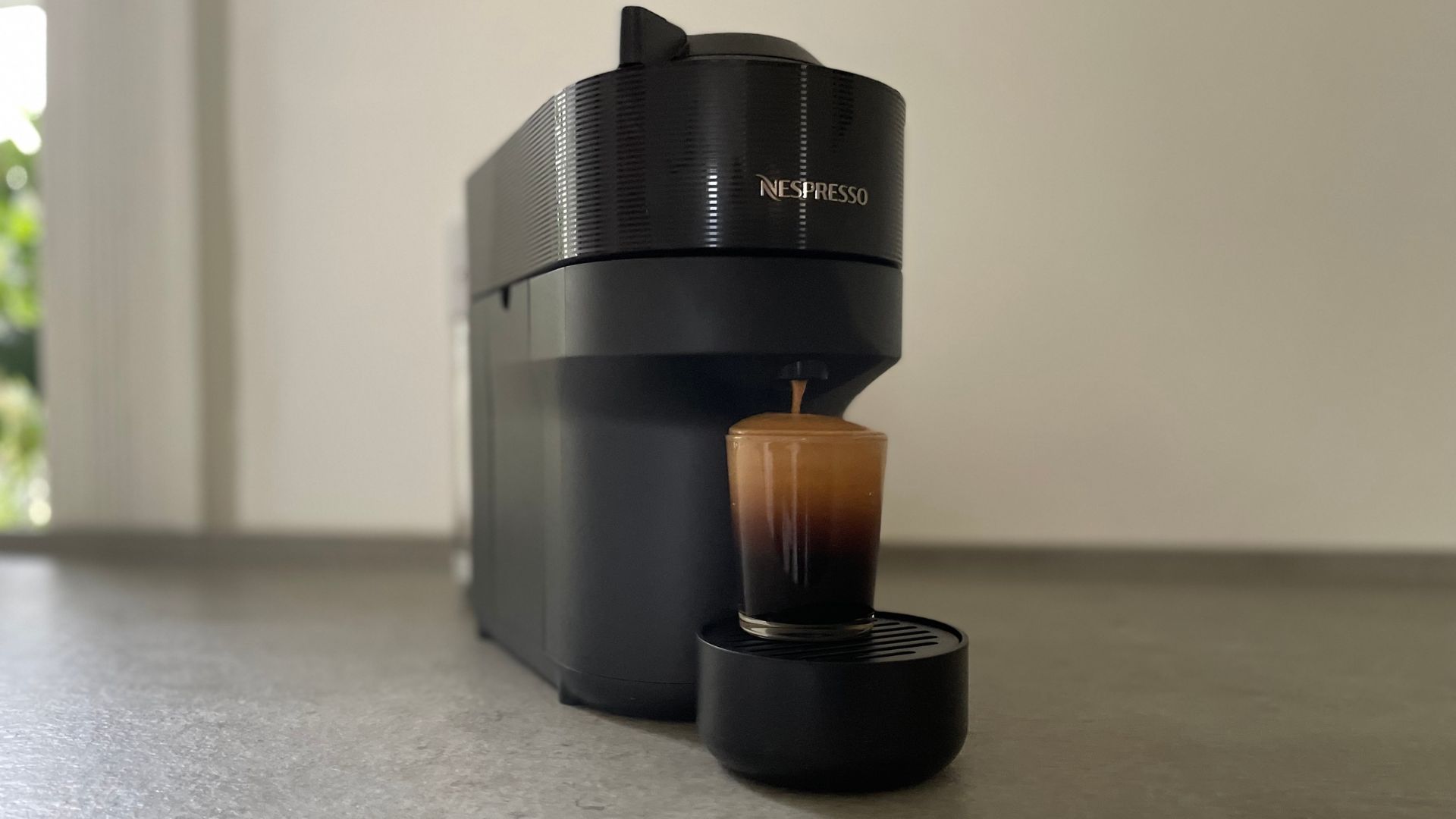
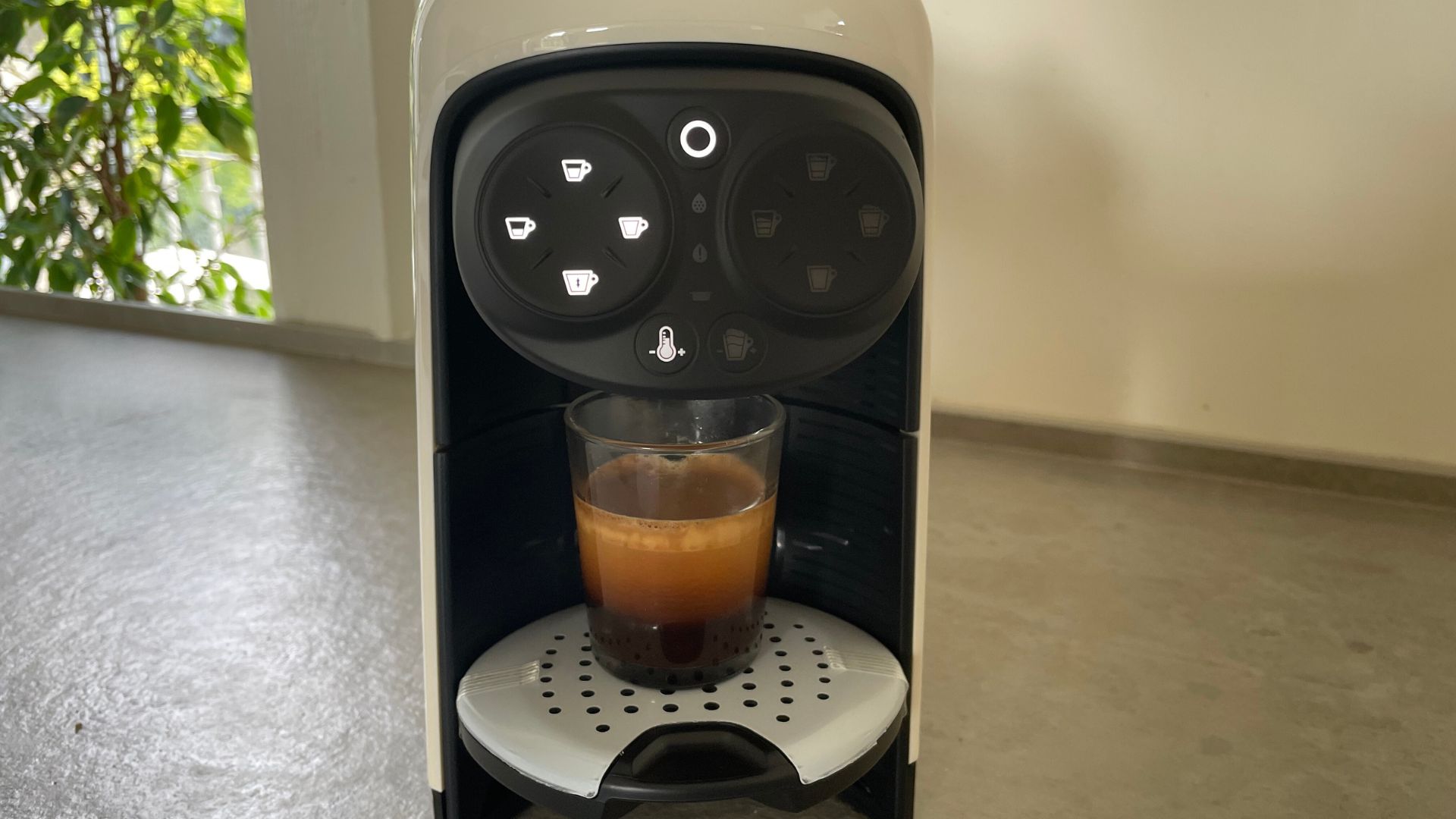
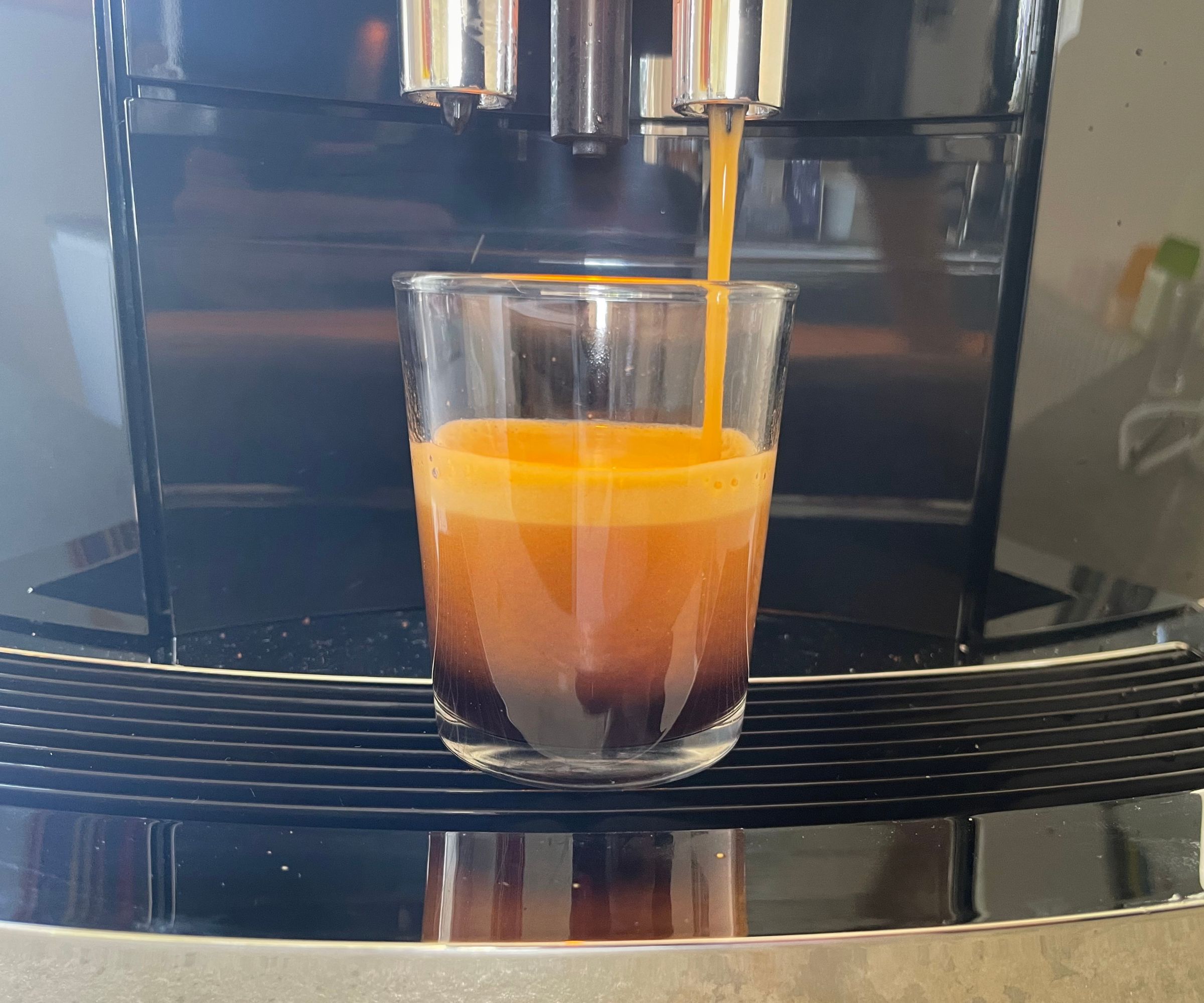
Once all that is covered, I get to do the fun part. I’ll set up the machine, talking you through any screens, rinses, and run-throughs that you’ll need to do. Then, I’ll make coffee. In a day of testing, I’ll make about 50 coffees for each machine. Often, I’ll hang onto a machine and use it for a few weeks, if not months, to keep enjoying my coffee (and testing out the long-term use of the coffee machine).
The three key coffees that I focus on in my reviews are espressos, Americanos, and cappuccinos, because these cover the basics of what makes a really good coffee. Espressos, unsurprisingly, will show how good a coffee machine is at extracting the flavourful oils from your beans (or grounds). This is where all the aroma and taste comes from, so it’s important to get it right. The perfect espresso will brew in 20 seconds at between 92-96 degrees and it’ll be about 25ml. Of course, every bean variety and coffee drinker will want and deliver different things, but that’s a good measure for most.

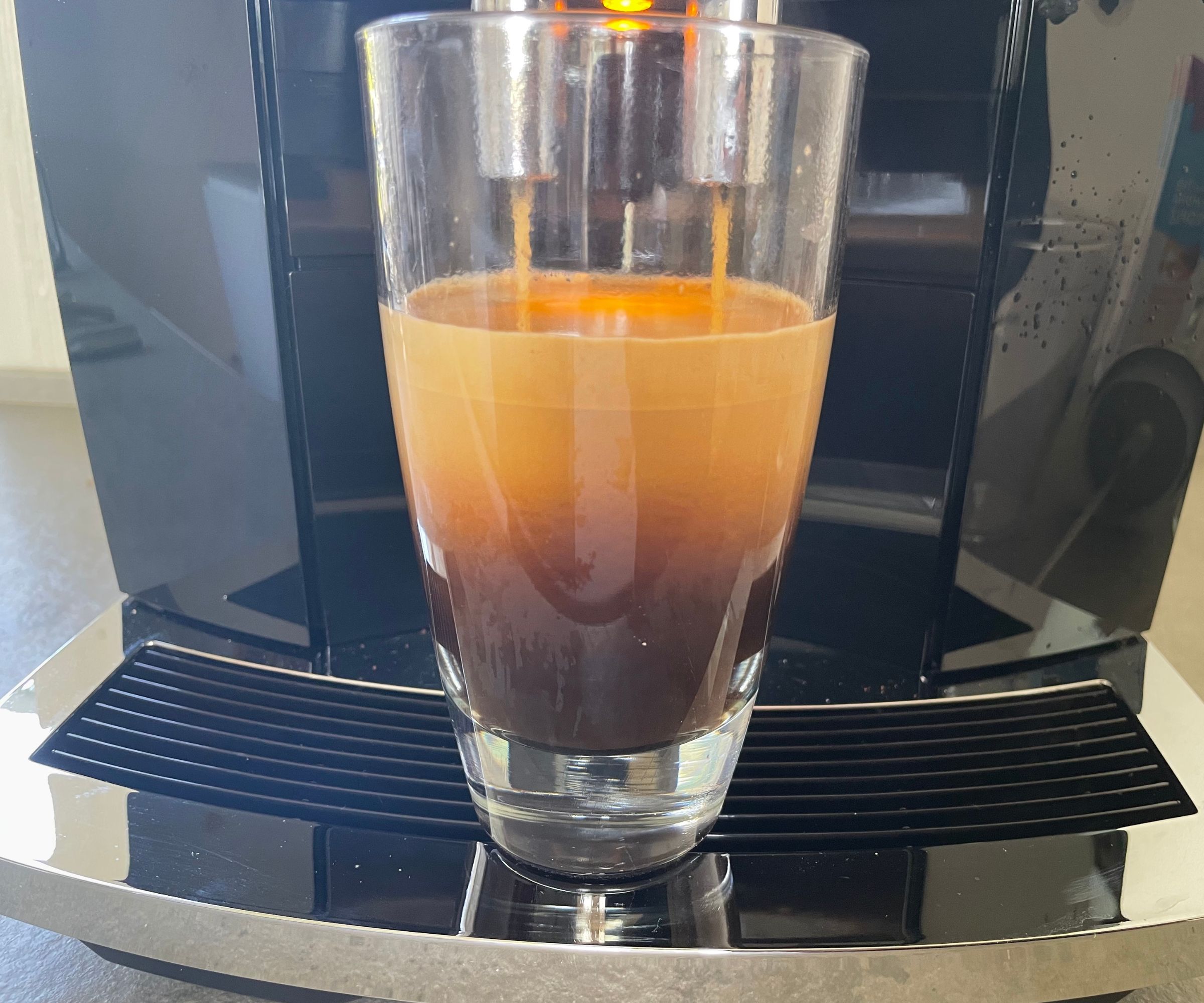
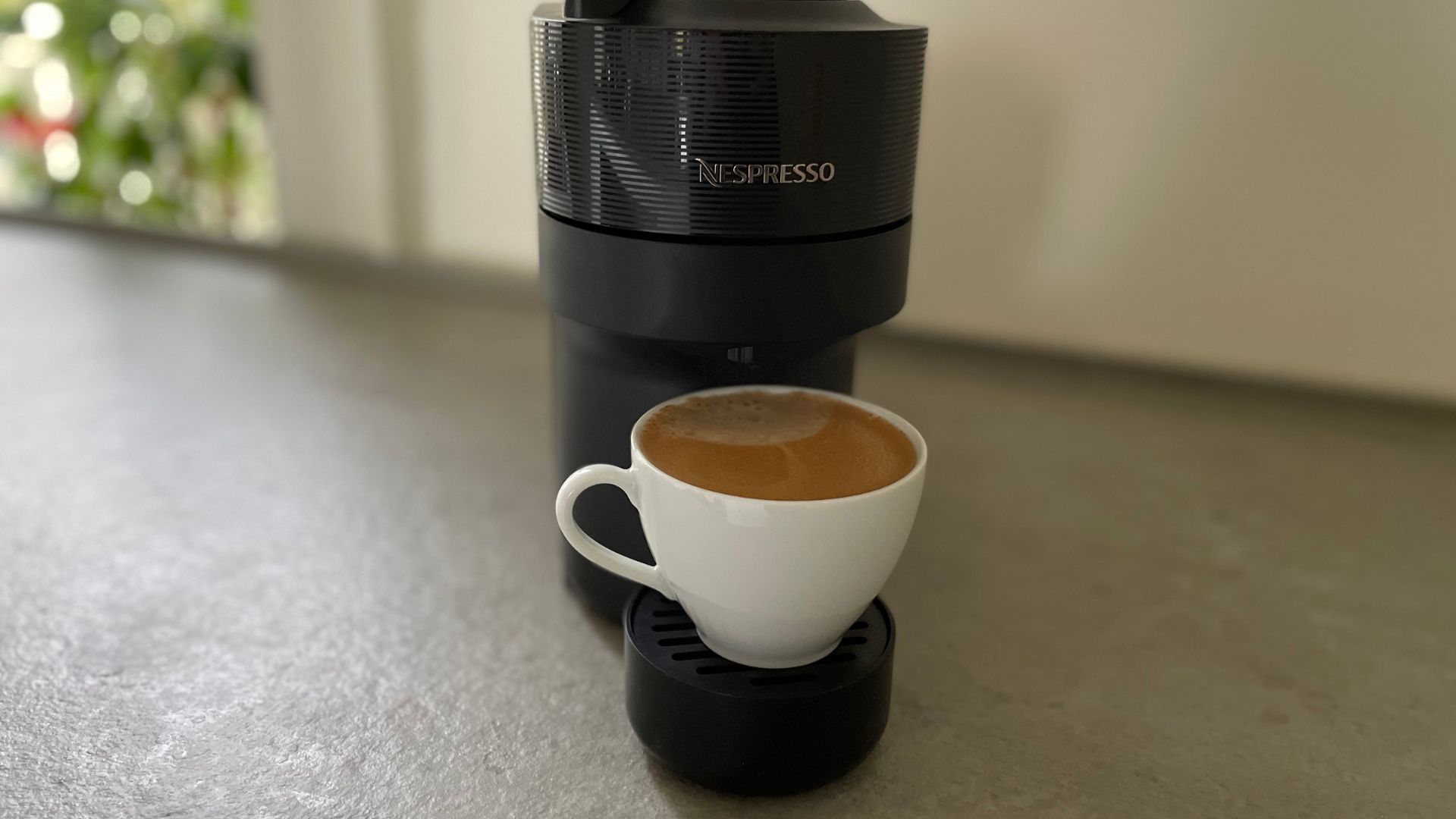
The reason I then test an Americano is because this is an espresso with hot water. Here, I’ll get a good idea of how gentle the machine is with your coffee. Boiling hot water scalds coffee beans and coffee oils, leaving you with a less-than-perfect, bitter cup of coffee. The same applies if your water isn’t hot enough. It’ll cool the coffee too quickly, making it taste a bit sour or bitter. The perfect water temperature should match your espresso and fill your cup. I look for about a minute of brewing time here and I’ll watch the boiler pressure because hot water can really affect a machine.
It’s also important to check that your cup can fit under the brew head and that there’s not too much splashing. These are small things that you probably wouldn’t check on the coffee machine’s website, but they’ll make a big difference to the quality of your coffee experience.
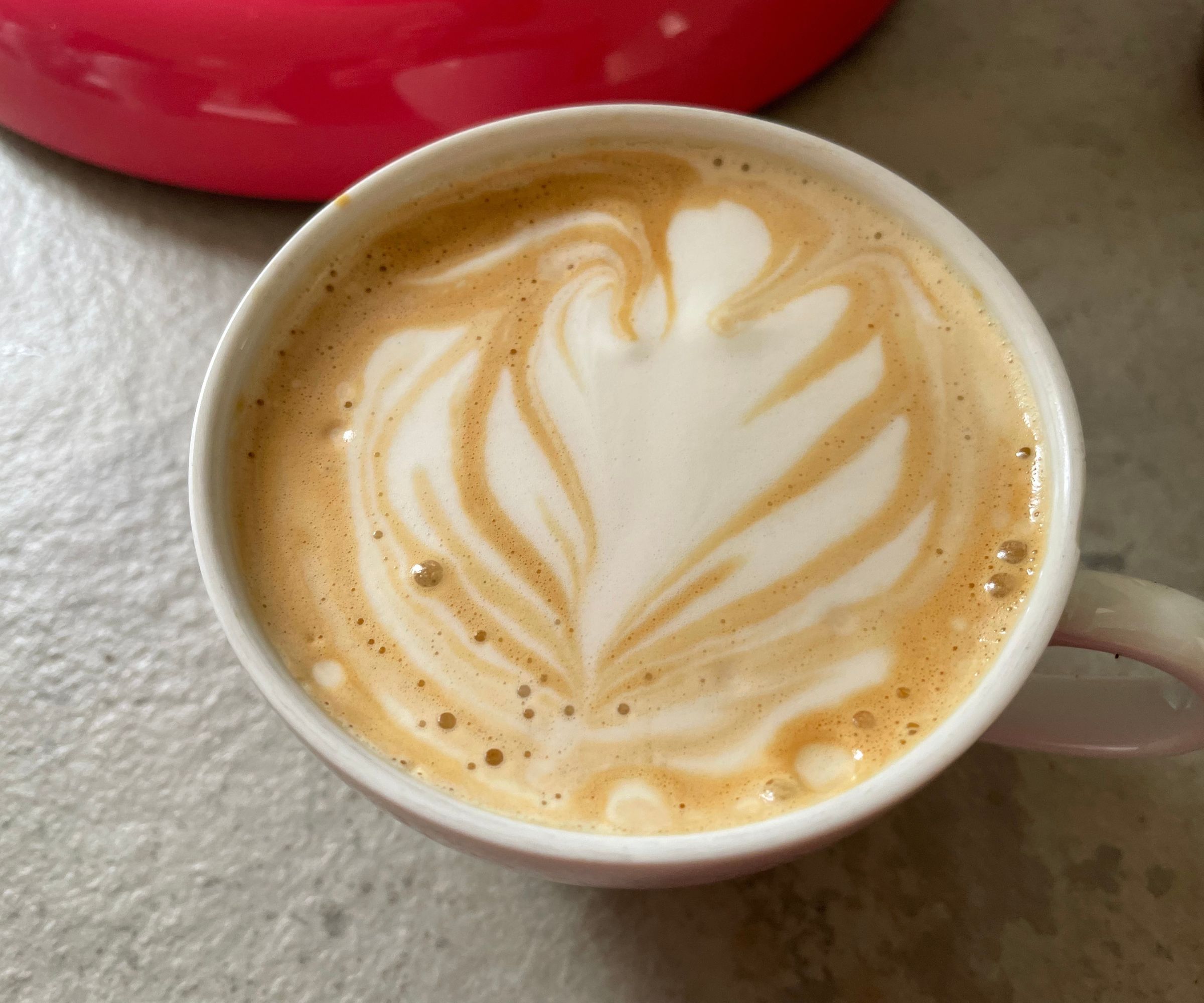

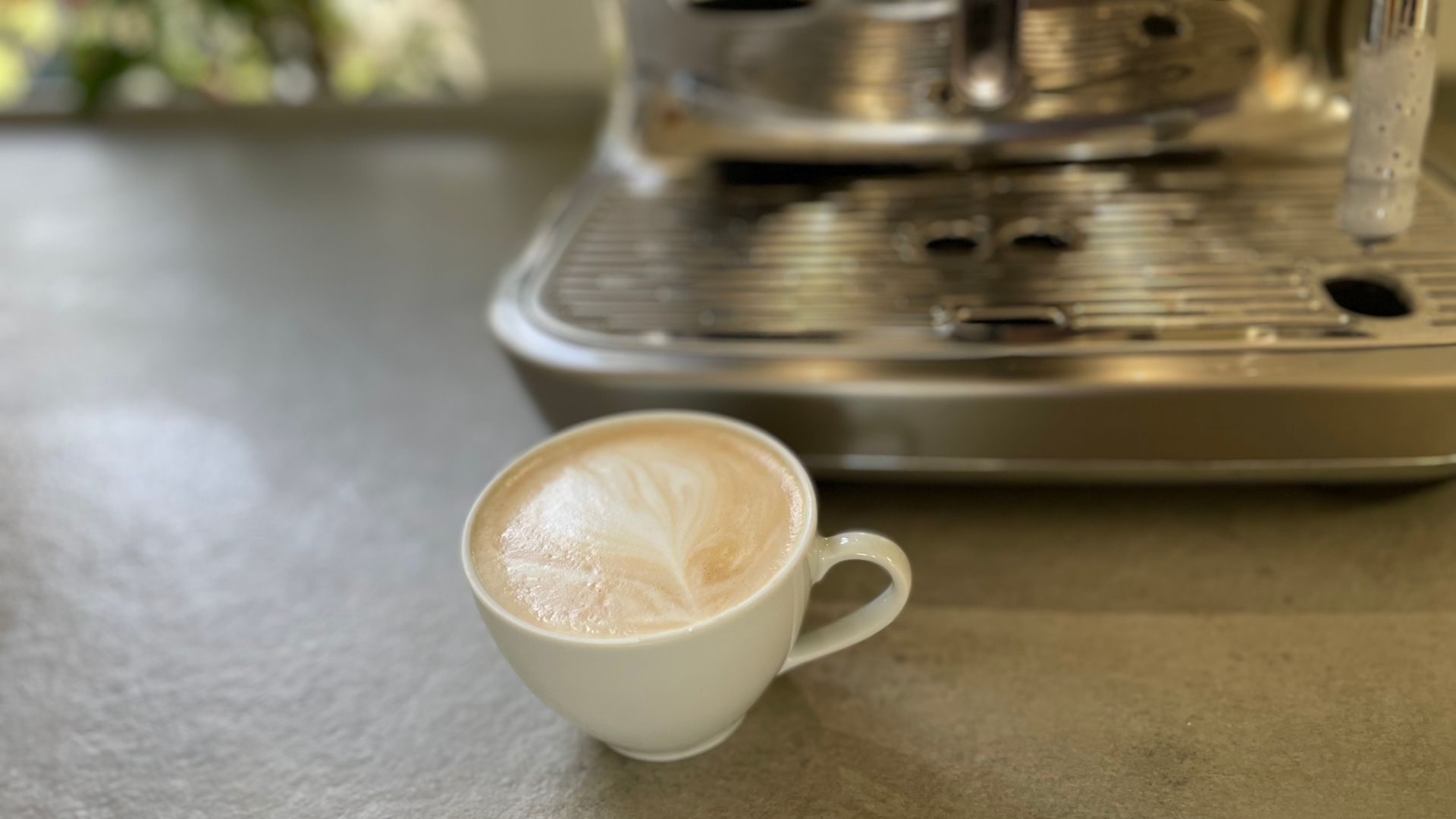
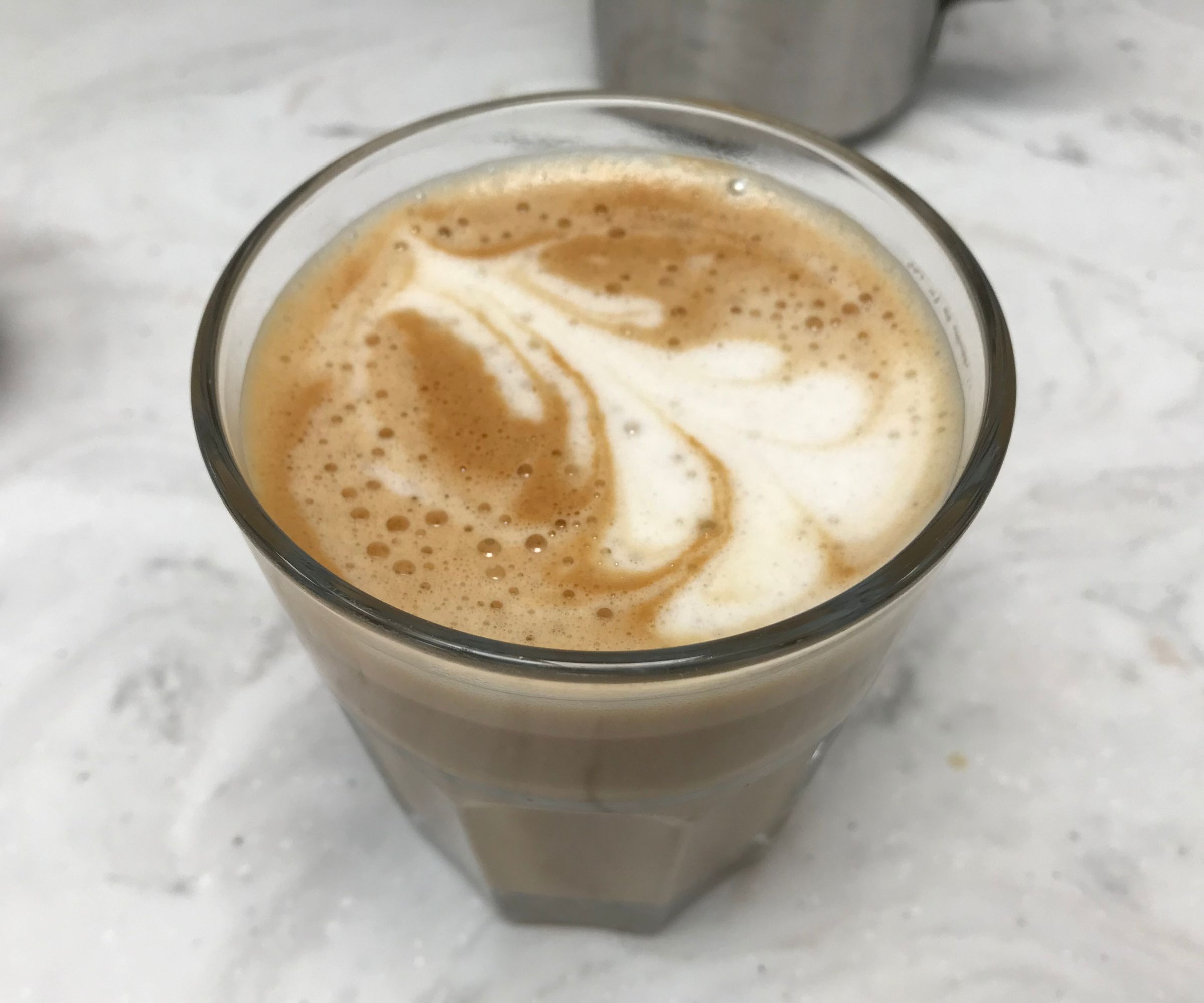
The last unmissable test is on cappuccinos, which is really more about assessing whether the coffee machine can steam and texture milk well. I always try using dairy and non-dairy milk to make cappuccinos, lattes, flat whites, and anything else on offer. Well-steamed milk will have ‘microfoam’ on top. This is where the bubbles are so tiny that the hot milk looks like wet paint. It should feel silky smooth in the mouth, almost like another liquid. It’s also important that this foam can hold its structure, although this is often affected by the protein content in the milk too.
If the machine has pre-sets, I look for the cappuccino to be around one-third foam and two-thirds coffee. A good latte will have about a finger’s width of foam on top and a flat white should have similar proportions to the latte. These aren’t hard and fast rules, but they’re a good way to measure the default settings on any coffee machine.
Another factor that I measure with steaming milk is the temperature, especially if a machine works automatically. Milk that is over-heated is really horrible to drink. It can ruin a good coffee, curdle, form a skin, and taste burnt. If you can buy a temperature sticker, these can be a really useful way to make sure your milk isn’t overheated. Alternatively, look for your dairy milk to sit around 65 degrees, which is just hot enough for you to hold your palm against the stainless steel milk jug. Don’t push your palm against the jug, because you can burn it if the milk is too hot, but keep this in mind when you’re texturing milk by hand.
I could write a whole article on how to steam milk and what I look for in our tests, but there’s a mini overview for you.
Why I talk about cleaning
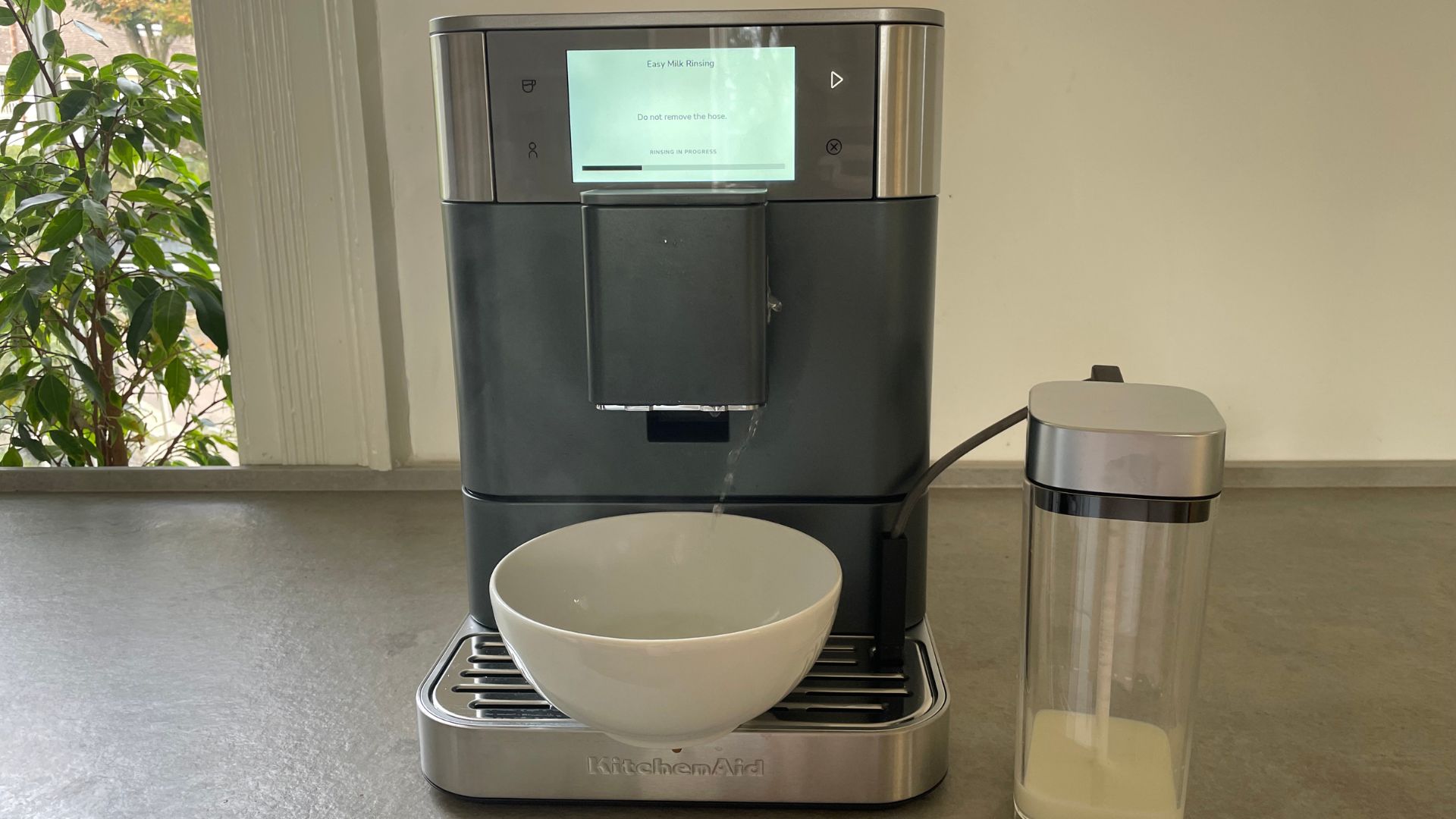
After drinking copious amounts of coffee, I’m probably shaking and a bit delirious, but the show must go on. I clean each coffee maker, both on a simple, daily rinse and a deeper descale and clean to get a good idea of what the machine would be like to maintain. I’ll let you know any special cycles that are integrated into the system as well as how much the grounds container can hold, whether the drip tray is easy to remove, and how often you’ll need to do all these things. There’s always more detail about how to actually clean a coffee machine on our dedicated page.
The all important comparison
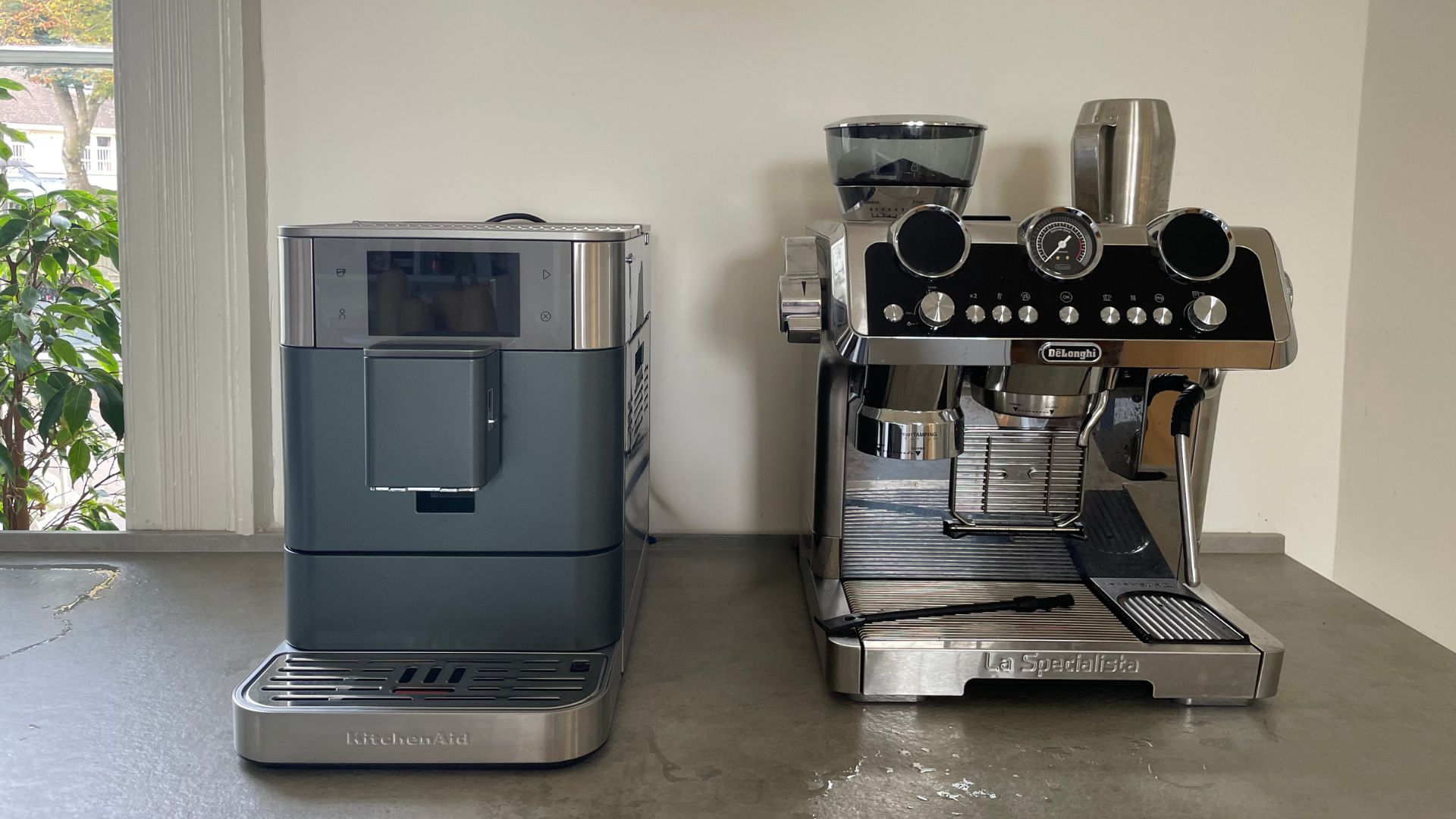
In my time, I’ve tested over 200 coffee machines, which means that I quite naturally end up comparing machines as I’m using them. It’s only fair that I put this down in writing for you since it helps cultivate a sense of having ‘shopped around’. I generally opt for one coffee machine that’s cheaper than the one under the microscope and one that’s a similar price, but a little different. This helps get a true sense of who the coffee machine suits and whether it’s good value for money. Obviously, you’ll want the best value for money that you can get, but that’s not always easy.
If coffee is your calling, I don’t think there’s anything wrong with splurging a little (or that’s what I tell myself) just as it’s okay to skimp and save on a cheaper machine. There’s no coffee shaming here — just the cold-brewed facts.
Coming to conclusions
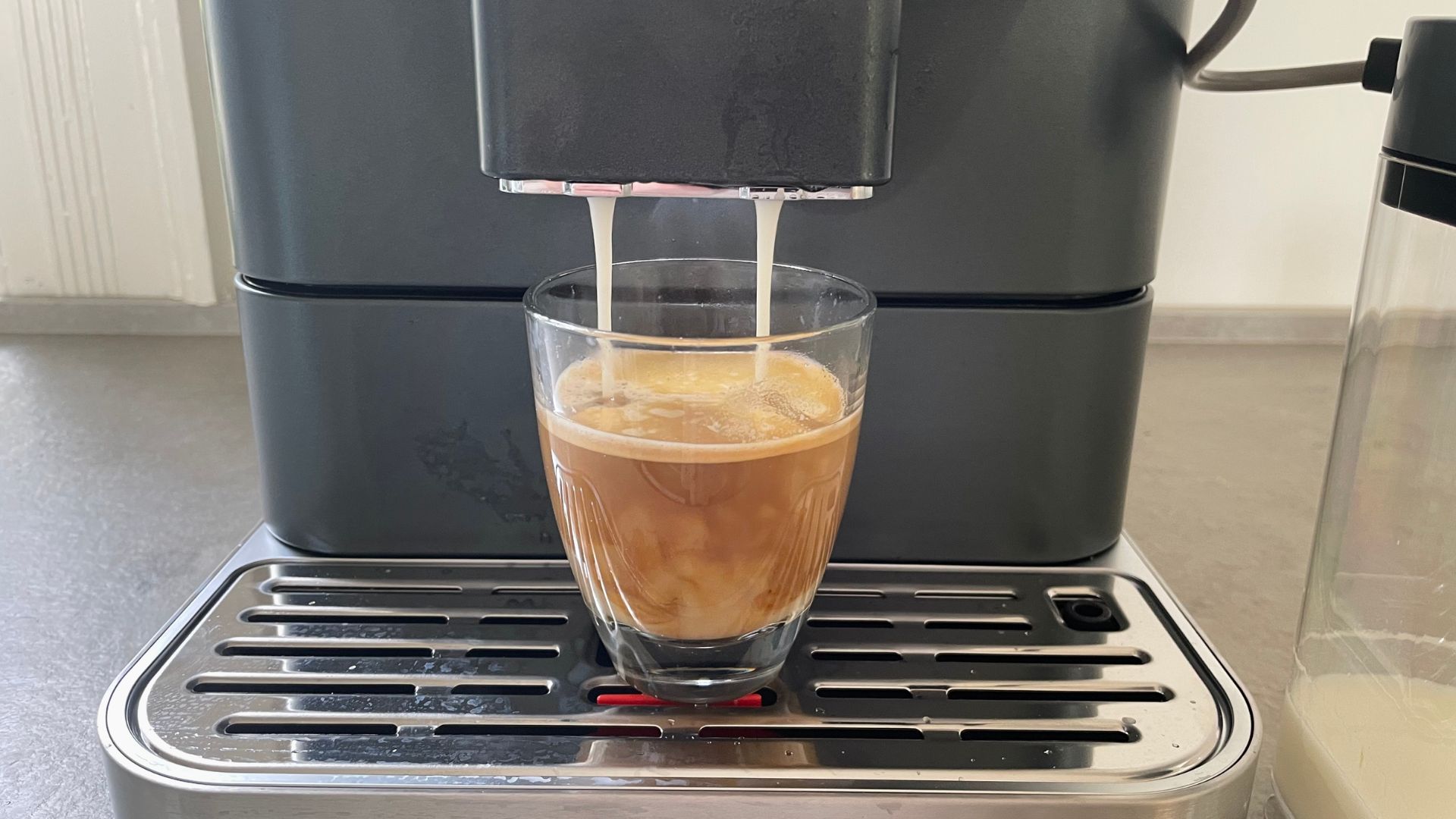
After all that, I come to a conclusion on whether or not you should buy the coffee machine. I’ll draw in the quality, my experience, the value for money, where it sits on the market, and more so that you get a really solid idea of whether this is the coffee machine for you. None of my reviews are sponsored or endorsed. I’m fuelled only by coffee (and woman&home), so you’ll always get my honest opinion. That’s why I always say that my emails are open. If you still have questions at the end of my review, drop me a message and I’ll do my best to answer it for you.







